WooCommerce SEO (search engine optimization) is essential to any successful eCommerce businesses. It can help your online store appear higher on search engine results pages (SERPs).
Products ranked high in search engine results pages (SERPs) reach more people.
But, WooCommerce optimization isn’t something people are born knowing.
Do any SEO products work well with WooCommerce? Can you use the WordPress SEO optimizer for your WooCommerce store, or do you need a special WooCommerce SEO plugin?
In this article, we take a deep dive into WooCommerce optimization to help you on your way to ranking #1. This includes discussing WooCommerce as a platform and providing tips and SEO products.
Is WooCommerce Optimization Easy?
“Easy” is relative. But, WooCommerce shines in its integration with WordPress plugins, including WooCommerce SEO plugins.
WooCommerce optimization takes some work, and you may need SEO products to succeed. But, it may become easier with time and practice.
10 Pro Tips for WooCommerce SEO
Here are 10 WooCommerce SEO tips to get you climbing in those search results.
- Create Unique Product Descriptions
- Optimize Product Titles
- Enable Breadcrumbs
- Make Site Navigation Simple
- Keep Permalink URLs Short and Descriptive
- Write Meta Descriptions
- Add Alt Text to Product Images
- Avoid and Consolidate Duplicate Content
- Use the Best WooCommerce SEO Plugins
- Use WooCommerce Optimized Themes
- Optimize For Mobile
- Optimize for Web Speed
- Add Structured Data and Schema Markup
Let’s look at each one of them in detail.
1. Create Unique Product Descriptions
Product descriptions should be treated as bite-sized bits of content. They should include vital information about products written for your target audience.
Let’s look at two online stores selling dresses: ModCloth and New York & Company.
ModCloth’s target audience comprises younger women who enjoy wearing casual dresses. They use a lot of colorful adjectives in product descriptions. The company also points out when dresses have pockets because “thanks, it has pockets!” is a common joke among Millennials and Gen Z-ers.
New York & Company speaks to an audience needing more “professional” clothing. Their dresses can be as fun as ModCloth’s, but their copy focuses more on functionality and is straightforward.
Search engines treat product descriptions like any other content on your site. These descriptions provide what keywords to rank products for in SERPs.
If you sell products by other manufacturers, you can use those descriptions. But, writing descriptions is often better for SEO. Identical content fights for SERP positions. Plus, these descriptions often aren’t optimized for your audience.
2. Optimize Page Titles
Page titles tell shoppers and search engines what your page is about. Most eCommerce stores have several kinds of pages, like category and product pages.
Product category pages help shoppers find types of products. Product pages are, of course, for individual products within those product categories.
You can optimize category pages for broad terms and product pages for specific terms. For example, Storiarts has a category called “gloves.” Its product pages are for “subcategories” for individual products like “Dracula Writing Gloves.”
Category Page
Product Page
Page titles and SEO titles are often the same. The exception is when the page title is longer than 60 characters.
You can tweak SEO titles with a tool like All in One SEO.
Use keywords in page and SEO titles, but remember: Content is for people first. This means keywords should be natural.
Let’s pretend those Dracula gloves above had a keyword-stuffed title, as we’ve all so often seen. It could say:
“Gloves black fingerless Dracula literature handmade scary Bram Stoker costume”
Luckily, they opted for “Dracula Writing Gloves.” What more do you need?
3. Enable Breadcrumbs
Breadcrumbs are at the tops of pages and help visitors return to previous pages. They show visitors where they are and where they’ve been.
Breadcrumbs are helpful for visitors and used by Google to determine site structure. It also affects how you appear in search results.
You can create breadcrumbs in WooCommerce. But, it’s typically easier with SEO products like AIOSEO.
We’ll talk more about AIOSEO when discussing WooCommerce SEO plugin options below.
4. Make Site Navigation Simple
Clean and straightforward site navigation can impact bounce rates and time spent on site. The more time visitors spend on your site, the higher your site can rank.
Keep your main navigation easy to follow. Google will crawl every page, but visitors definitely won’t.
Main navigation, which is often on the homepage and may be others, includes links to crucial pages. Here’s what the restaurant chain Hawaiian Bros considers essential:
Google uses search spiders to review and index search results. So, if a page isn’t linked somewhere, Google can’t find it. Google also deems links on the homepage more critical than others.
But, what if you have a ton of important pages and don’t want to force users to dig to find what they want?
A perfect solution to this problem is adding links to footers.
Here’s Hawaiian Bros’ footer:
5. Keep Permalink URLs Short and Descriptive
WordPress permalinks should make URLs accessible to visitors and search engines.
To do this, open WordPress and go to Settings » Permalinks to choose a URL structure.
If you’re not using WooCommerce permalinks, URLs default to product IDs like example.com/?product=111
Permalinks default to whatever you set them to, like “yourdomain.com/product/product-name.” Storiarts clearly has permalinks:
6. Write Meta Descriptions
Meta descriptions can go a long way in improving clickthrough rates (CTRs).
They show up under a search results entry title and describe the content. Meta descriptions are another way to entice searchers to click.
Google generally pulls opening text from your page if you don’t write meta descriptions.
In meta descriptions, use motivational words, useful adjectives, deals, and calls to action. But, meta descriptions shouldn’t be longer than 160, so focus on what’s most important.
All in One SEO can set up meta descriptions. It has a smart meta tag generator for dynamic values in SEO titles and meta descriptions.
You can add values like current year, month, day, custom fields, and more. You don’t need to update a post to change the meta description.
7. Add Alt Text to Product Images
Alt text is vital for SEO and even more essential for readers. It helps visitors with limited vision or blindness know what’s in images.
Use clear and concise alt text providing accurate descriptions of images. If you can fit in a keyword, do so. But, since all pieces should be audience-centric, image content outweighs keywords.
Alt text also shows up if images don’t load or if a user blocks images from appearing. Search engines do see it no matter what.
WebAIM, one of the best resources for accessibility, provides these best practices:
Alt text should be as specific as possible. For instance, a cat picture shouldn’t just say “cat.” It should describe the cat’s color, actions, and anything else necessary.
If you search “how long should alt text be?” you’ll see everything from 100 to 140 characters. Grand Valley State University states most screen readers stop after 140 characters. Most sources recommend being as brief as possible.
8. Avoid and Consolidate Duplicate Content
Duplicate content is tricky. If two pages are very similar, they cannibalize content and harm each other’s rankings.
This is true for pages on the same site, all sites you own, and competing sites.
Say you run an eCommerce business for cat toys and a different one for dog toys. You may end up with a page about why cats and dogs need different toys on each. Those could harm one another.
More established sites publishing similar content could outrank you, too. Pet stores probably can’t compete with the ASPCA if they have such an article, for instance!
The easiest way to make sure content could rank high is to write and publish original content. But what about existing content?
First, find duplicate content. You can look for content manually or use an SEO product like SEMrush.
Next, consolidate.
Let’s first look at duplicate content on the same website. If you have 2 or more URLs with more or less identical content, keep the better performing page.
If you missed anything essential but can find it on the similar pages, add it to the one you plan to keep.
Then, redirect the other pages to the page you keep. WordPress has several plugins to create redirects.
Redirects become crucial if you move from one eCommerce platform to another.
Going from Shopify to WooCommerce, for instance, will likely change URL structures. If you want to keep page rankings from Shopify, redirect to the new WooCommerce URLs.
Sometimes you may find pages with similar but not identical content and want to keep BOTH. Canonical links tell search engines where to go using this tag in the header of your similar content:
<link rel=”canonical” href=”https://myoriginalcontent.com”>
Both redirects and canonical links work for duplicates across all domains you own.
If your work like another website’s but it’s essential to have on yours, don’t delete it. Instead, find a unique spin on it.
9. Use the Best WooCommerce SEO Plugins
WooCommerce comes with thousands of extensions and plugins to help grow your business. It can be overwhelming to find the best ones for WooCommerce optimization.
At OptinMonster, a premier WordPress plugin, we love finding plugins for business growth. Here are our picks for the best WooCommerce SEO plugins:
All in One SEO (AIOSEO) is one of the best SEO plugin. Its setup wizard helps choose ideal SEO settings for your business.
You can choose focus and secondary keyphrases for every page.
Once you select the focus keyphrase, AIOSEO suggests how to use it best.
Using the pet toys example, here’s what AIOSEO may look like before optimization:
Here’s what it might look like after making adjustments using their suggestions:
AIOSEO also has WooCommerce optimization features for pages, images, and more.
Recommended Reading: How to Setup All in One SEO for WordPress Correctly (Ultimate Guide)
Broken Link Checker can find broken links, so you don’t have a high bounce rate from 404 error pages.
This SEO product is resource-intensive. So, we recommend installing and activating it when you use it, then uninstalling it. Going through your site twice a year should be enough.
If that sounds like too much, AIOSEO can help you here, too. They offer a broken link checker that can automatically send visitors to the correct URL, even if that’s not the one they click on in a search engine. It can also run reports for you and you can check on things manually.
MonsterInsights gives you the power of Google Analytics from your WordPress admin area. You can track successes and potential problems in real-time to maximize potential revenue.
You can run awesome reports for store metrics, too. Check out this eCommerce report from MonsterInsights:
4. TrustPulse
If you really want to send your WooCommerce sales soaring, check out TrustPulse.
While TrustPulse isn’t specifically for SEO, it can work wonders for social proof. It lets you leverage real-time page activity to increase trust, conversions, and sales by up to 15%
TrustPulse gives visitors reasons to buy your products. You can say, “my product is the best!” until you’re blue in the face. But TrustPulse taps into what they want: Evidence from other consumers.
So, they tap into “peer pressure” by providing popups saying “[Name] just bought this product!” and targeted ads.
10. Use WooCommerce Optimized Themes
WordPress is SEO-friendly. But, not all themes are ideal for WooCommerce optimization. Make sure your theme is the right SEO product for your WooCommerce store.
Here are a few of the best themes for WooCommerce optimization.
1. Astra
Astra has an extensive library of sites, including designs specifically for WooCommerce optimization. These can include dropdown carts, grid settings, and infinite scroll.
It’s a lightweight theme built for speed, so customers shouldn’t have to wait long.
Plus, it integrates with SEO plugins like AIOSEO to further optimization efforts.
2. Divi
Divi comes with a built-in page builder with drag-and-drop capabilities. You can add, move, or delete elements on your site.
They offer “WooBuilder” to create online stores made for WooCommerce optimization. This feature is available at no extra cost!
Related Content22 Best Responsive eCommerce Themes and Templates (Free and Paid)
WooCommerce Storefront is the official WordPress WooCommerce theme set. It has a simple, responsive homepage displaying any category you want.
This product was built for WooCommerce optimization. It offers over 40 theme options so you can customize your WooCommerce store.
11. Optimize For Mobile
Ensure that your WooCommerce site is fully optimized for mobile devices. This includes responsive design, fast loading times on mobile, and easy navigation on smaller screens.
Here are key aspects to focus on for effective mobile optimization:
- Responsive Design: Ensure your website automatically adjusts to fit the screen size of any device, whether it’s a smartphone, tablet, or desktop. This means your site’s layout, images, and content should fluidly change to provide an optimal experience on any device.
- Fast Loading Times: Mobile users often have less patience for slow-loading websites. Optimize your site’s loading speed by compressing images, using a content delivery network (CDN), minimizing HTTP requests, and optimizing your code (CSS, JavaScript, HTML).
- Simplified Navigation: Mobile screens are smaller, so it’s important to have a simple, intuitive navigation menu. Consider using a hamburger menu (three horizontal lines) which expands when tapped. Ensure that the menu items are large enough to be easily tapped with a finger.
12. Optimize for Web Speed
Site speed is a crucial factor for SEO. Optimize images, leverage browser caching, and use a content delivery network (CDN) to improve loading times.
Here are some detailed strategies to enhance the speed of your WooCommerce site:
- Optimize Images: Large images can significantly slow down your website. Use image compression tools to reduce file sizes without compromising quality. Formats like JPEG are generally smaller and faster to load than PNGs. Also, consider using new image formats like WebP, which provides high-quality results with smaller file sizes.
- Leverage Browser Caching: Browser caching stores webpage resource files on a local computer when a user visits a webpage. This means that the next time the user visits the site, the browser can load the page without having to send another HTTP request to the server. Use tools or plugins to set expiration dates for your cache.
- Use a Content Delivery Network (CDN): A CDN stores copies of your site on multiple, geographically diverse servers. This means that users are served the version of your site that’s closest to them, reducing load times. Popular CDNs include Cloudflare, Amazon CloudFront, and Akamai.
13. Add Structured Data and Schema Markup
Implement structured data using schema markup to help search engines better understand your pages’ content. This can also lead to rich snippets in search results, improving click-through rates.
Here’s how to effectively use structured data and schema markup:
- Understand Schema Markup: Schema markup is a code (semantic vocabulary) that you put on your website to help search engines return more informative results for users. It tells search engines what your data means, not just what it says.
- Identify Relevant Schemas: For an eCommerce site, relevant schemas include Product, Offer, AggregateRating, Review, BreadcrumbList, and Organization. Each of these schemas helps to detail different aspects of your products and business.
- Use Google’s Structured Data Markup Helper: This tool can guide you through generating schema markup. You select the type of data (e.g., a product), paste in the page URL you want to markup, and use the tool to tag different elements.
- Add Markup to Your Site: Once you’ve generated the markup, add it to your site’s HTML. If you’re uncomfortable editing your site’s HTML directly, you may use a plugin to help you integrate schema markup.
WooCommerce SEO: A Constant Task
We hope this guide to WooCommerce optimization has helped get you on the road to ranking #1!
But, SEO is not a one-time thing.
Here are a few other resources to help you out:
- SEO Made Easy – Ultimate Guide to Explode Your Traffic
- How to Create a WooCommerce Popup (+7 Ways to Boost Sales)
- How to Integrate OptinMonster with WooCommerce
- 13 Best Keyword Research Tools to Boost Your Organic Traffic
Of course, WooCommerce SEO alone won’t get you all the customers you could possibly find. This is where we at OptinMonster come in!
Sign up for OptinMonster today, risk-free with our 14-day money-back guarantee.


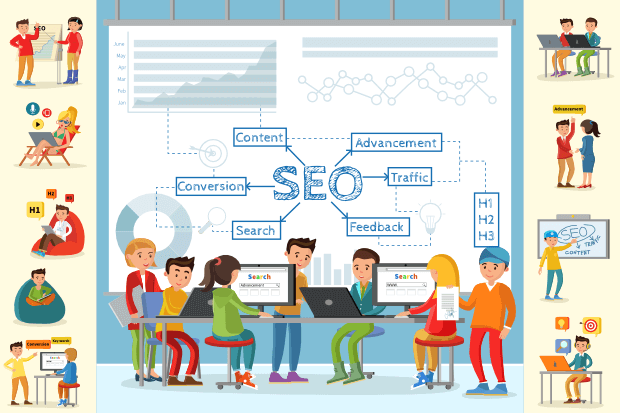

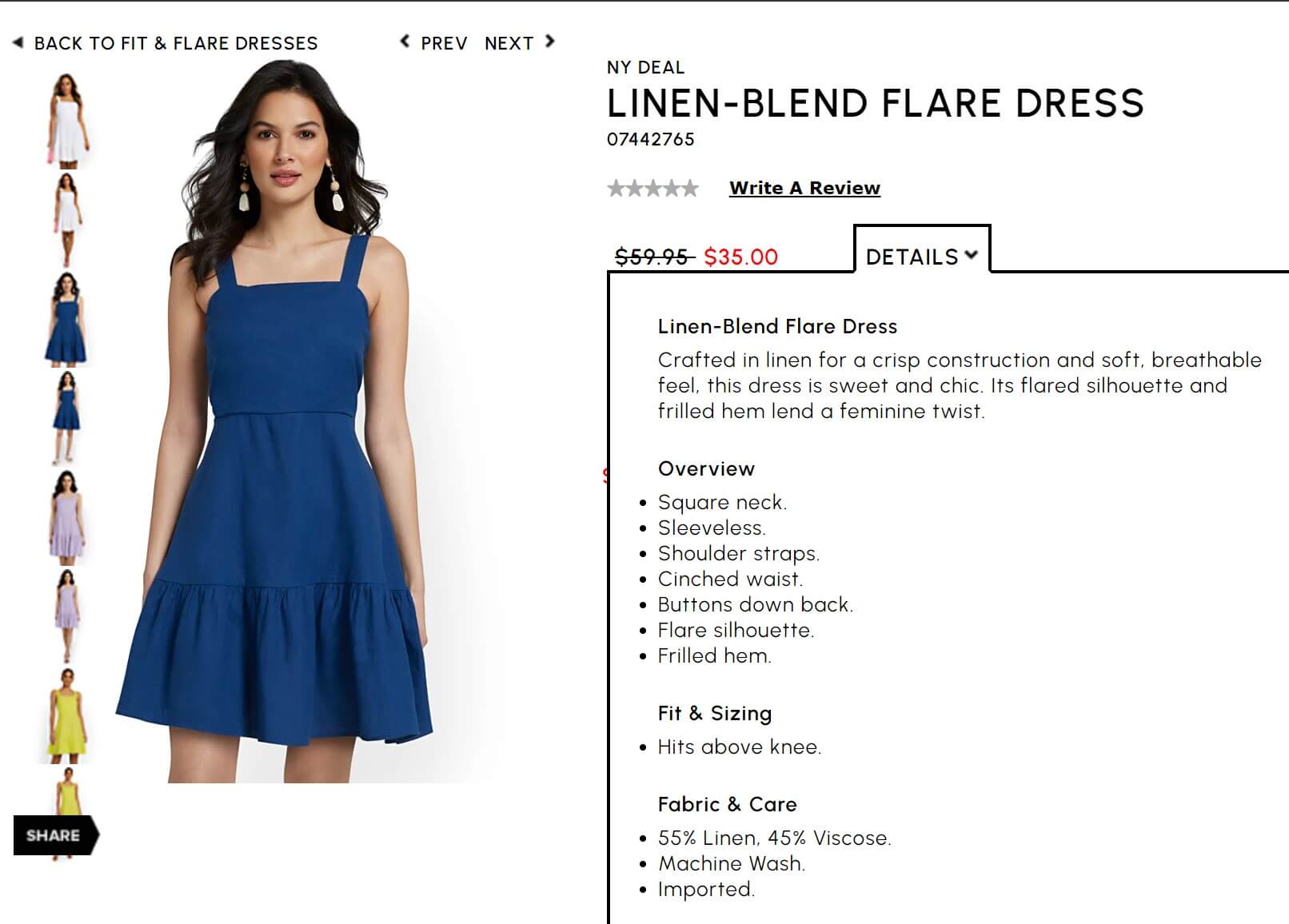


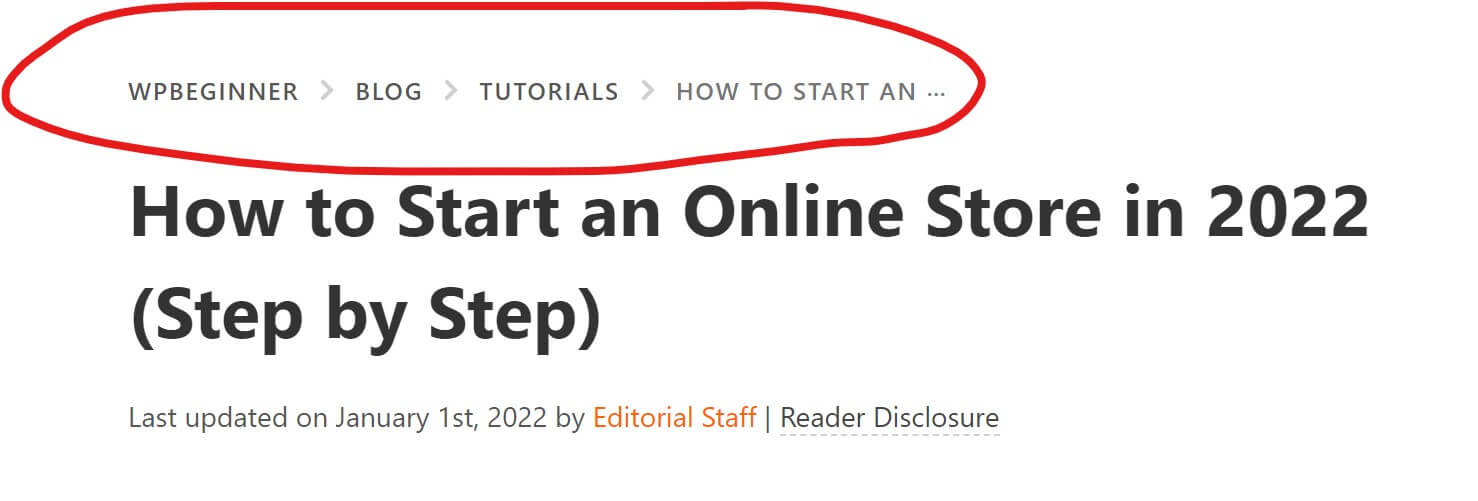



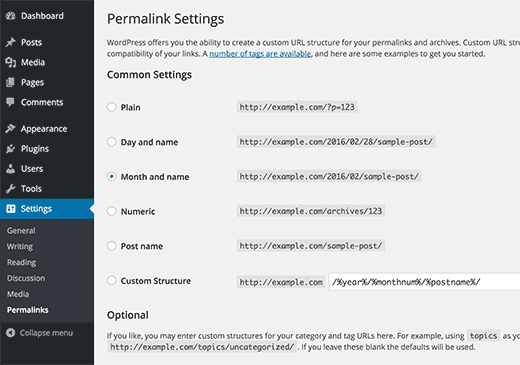

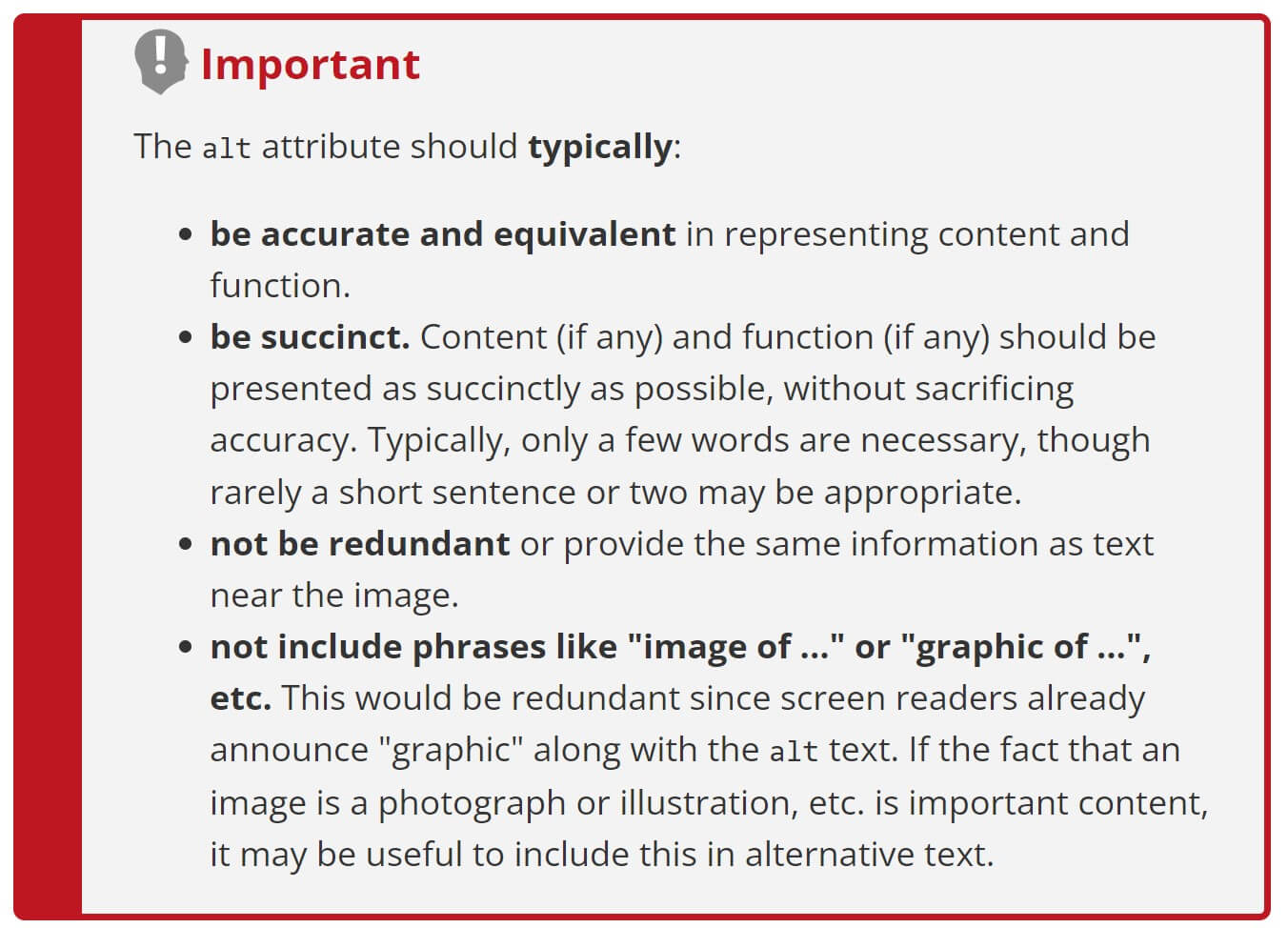



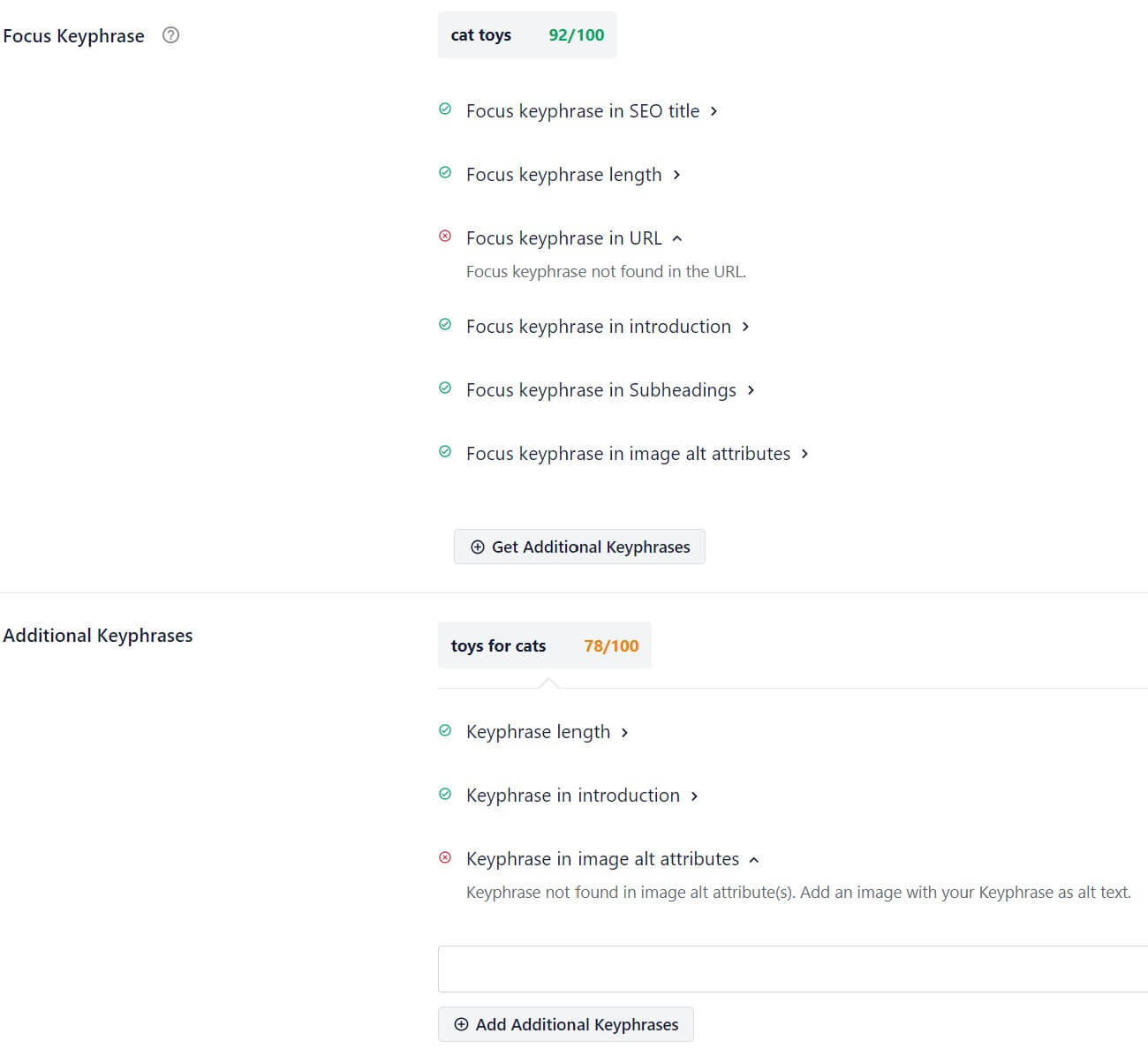
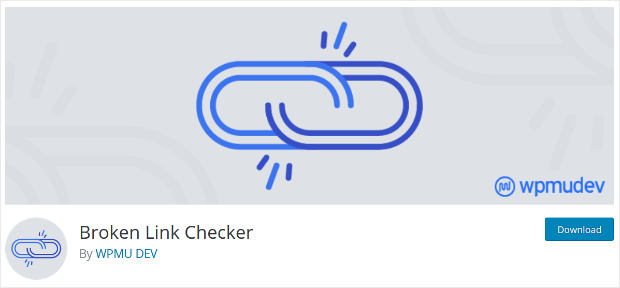
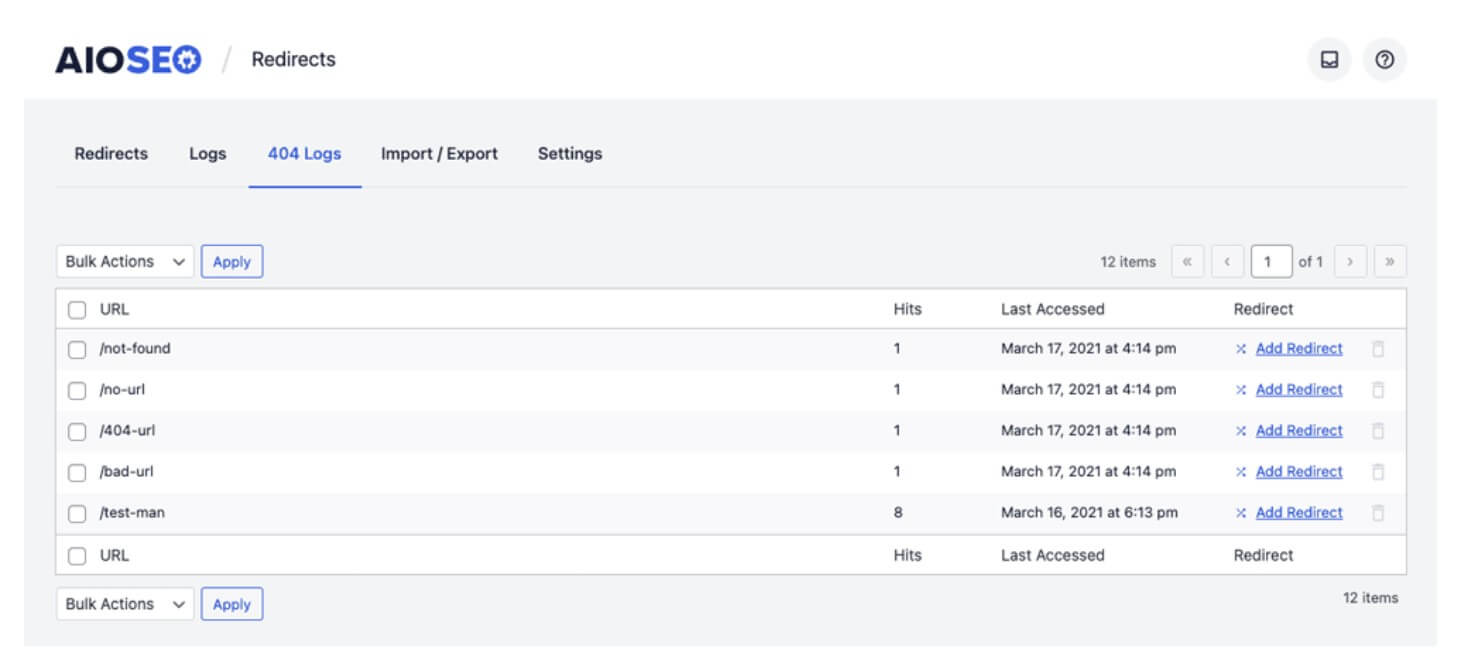

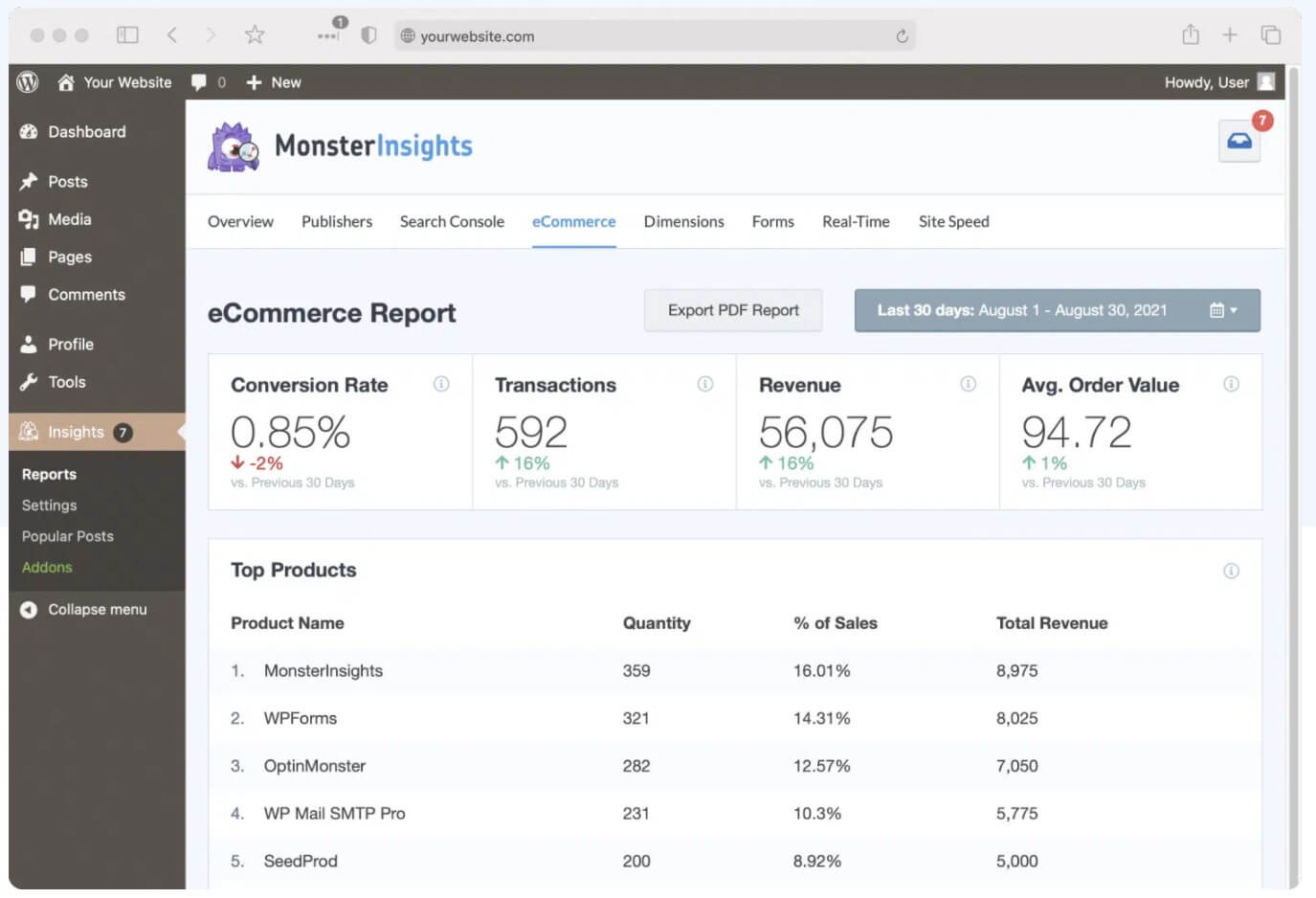
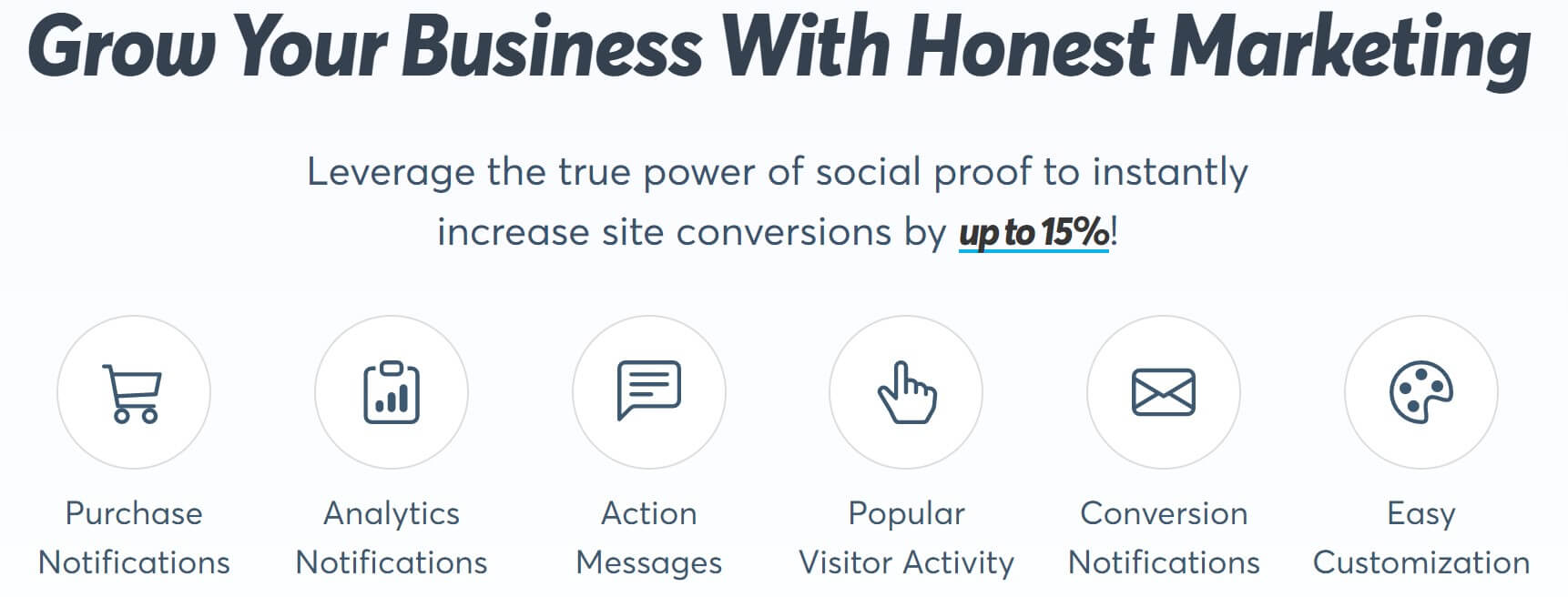

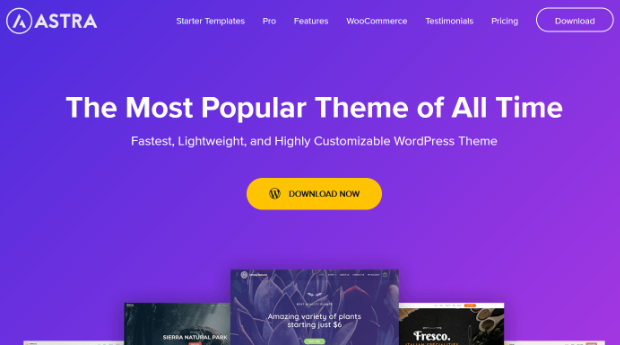

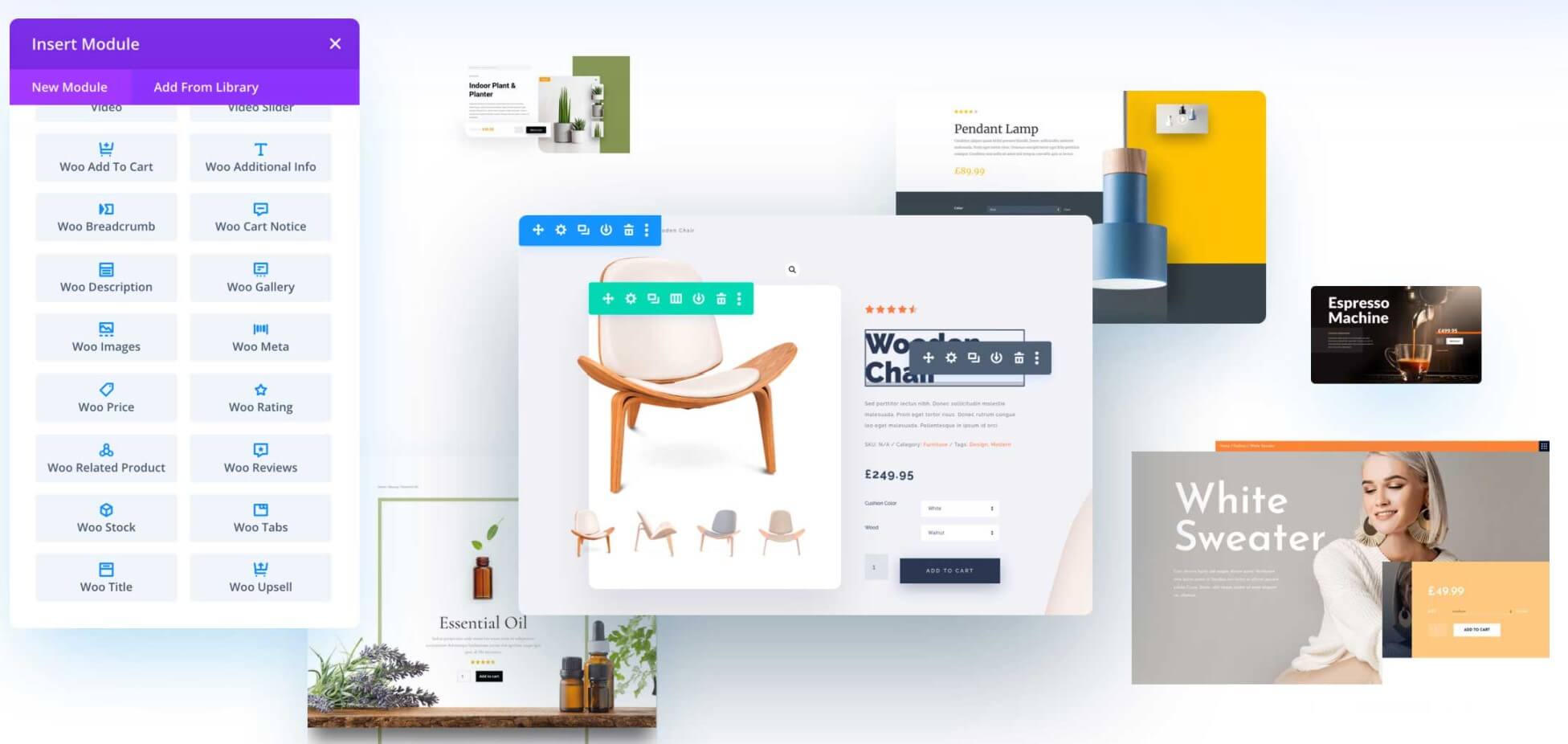









Add a Comment